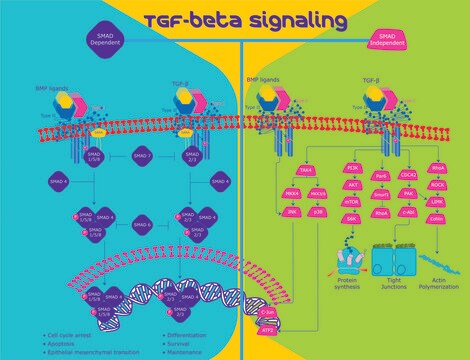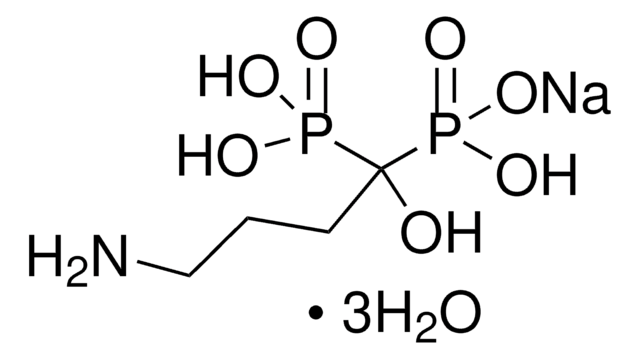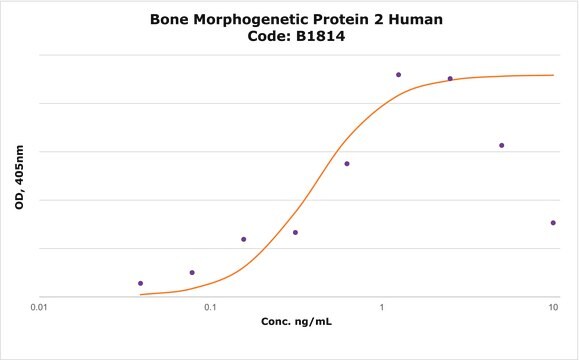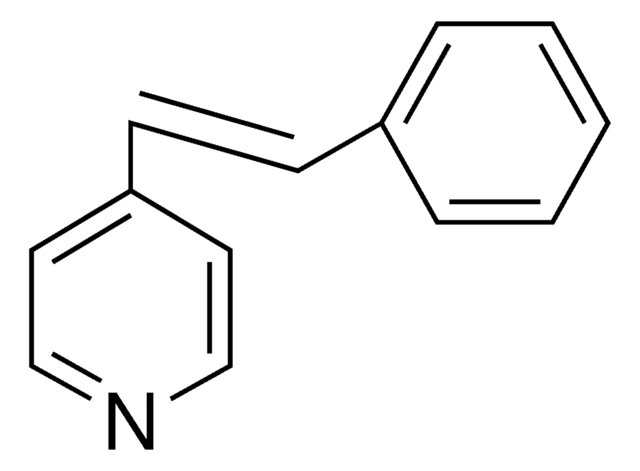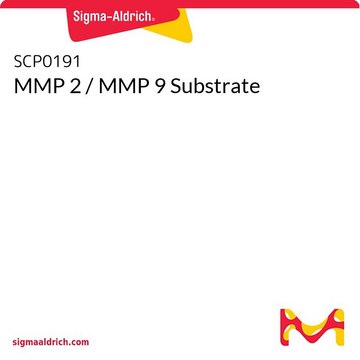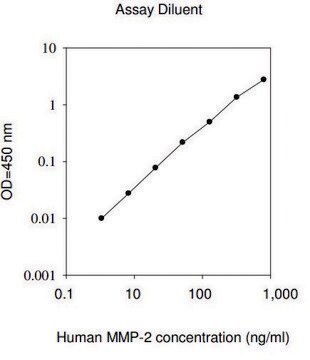추천 제품
생물학적 소스
human
재조합
expressed in E. coli
분석
≥98% (HPLC)
≥98% (SDS-PAGE)
양식
lyophilized
분자량
20.0 kDa
포장
pkg of 50 μg
기술
cell culture | mammalian: suitable
불순물
<0.1 EU/μg endotoxin, tested
색상
white to off-white
UniProt 수납 번호
배송 상태
wet ice
저장 온도
−20°C
유전자 정보
human ... TNFRSF11B(4982)
일반 설명
Osteoprotegerin (OPG) is a member of the TNFR (tumor necrosis factor receptor) superfamily that can act as a decoy receptor for RANKL (receptor activator of nuclear factor κ-B ligand). The gene is mapped to human chromosome 8q24. The primary structure of OPG protein consists of seven distinct domains, four of which corresponds to the extracellular cysteine-rich domains of TNFR proteins and constitutes the soluble OPG. OPG is expressed in a wide variety of tissues including adult heart, lung, kidney, liver, spleen, prostate, lymph node and bone marrow. It is secreted both as a monomeric and a dimeric protein. Recombinant human OPG is a soluble 20kDa protein containing 174 amino acid residues.
애플리케이션
Osteoprotegerin (OPG) human has been used as a supplement in human cell culture during cytokine production.
생화학적/생리학적 작용
Binding of soluble osteoprotegerin (OPG) to sRANKL (soluble receptor activator of nuclear factor κ-B ligand) inhibits osteoclastogenesis by interrupting the signaling between stromal cells and osteoclastic progenitor cells, thereby leading to excess accumulation of bone and cartilage. Changes in the level of serum OPG are associated with atherosclerosis and cardiovascular disorders. It might also be associated with malignancy and plays a regulatory role in multiple myeloma, prostate, breast, bladder and gastric carcinoma.
서열
METFPPKYLH YDEETSHQLL CDKCPPGTYL KQHCTAKWKT VCAPCPDHYY TDSWHTSDEC LYCSPVCKEL QYVKQECNRT HNRVCECKEG RYLEIEFCLK HRSCPPGFGV VQAGTPERNT VCKRCPDGFF SNETSSKAPC RKHTNCSVFG LLLTQKGNAT HDNICSGNSE STQK
물리적 형태
Lyophilized from 10 mM Tris pH, 7.5 + 75 mM NaCl.
재구성
Centrifuge the vial prior to opening. Reconstitute in 5 mM Tris, pH 7.5 to a concentration of 0.1-1.0 mg/ml. Do not vortex. This solution can be stored at 2-8°C for up to 1 week. For extended storage, it is recommended to further dilute in a buffer containing a carrier protein (example 0.1% BSA) and store in working aliquots at -20°C to -80°C.
Storage Class Code
11 - Combustible Solids
WGK
WGK 3
Flash Point (°F)
Not applicable
Flash Point (°C)
Not applicable
가장 최신 버전 중 하나를 선택하세요:
Osteoprotegerin secreted by inflammatory and invasive breast cancer cells induces aneuploidy, cell proliferation and angiogenesis.
Goswami S and Sharma-Walia N
BMC Cancer, 15, 935-935 (2015)
Polymorphisms in three genes are associated with hemorrhagic stroke.
Brain and Behavior, 5, e00395-e00395 (2015)
The tumor necrosis factor superfamily member RANKL suppresses effector cytokine production in group 3 innate lymphoid cells
Bando JK, et al.
Immunity, 48(6), 1208-1219 (2018)
Functions of RANKL/RANK/OPG in bone modeling and remodeling.
Boyce BF and Xing L
Archives of Biochemistry and Biophysics, 473, 139-146 (2008)
H Hsu et al.
Proceedings of the National Academy of Sciences of the United States of America, 96(7), 3540-3545 (1999-03-31)
A receptor that mediates osteoprotegerin ligand (OPGL)-induced osteoclast differentiation and activation has been identified via genomic analysis of a primary osteoclast precursor cell cDNA library and is identical to the tumor necrosis factor receptor (TNFR) family member RANK. The RANK
자사의 과학자팀은 생명 과학, 재료 과학, 화학 합성, 크로마토그래피, 분석 및 기타 많은 영역을 포함한 모든 과학 분야에 경험이 있습니다..
고객지원팀으로 연락바랍니다.